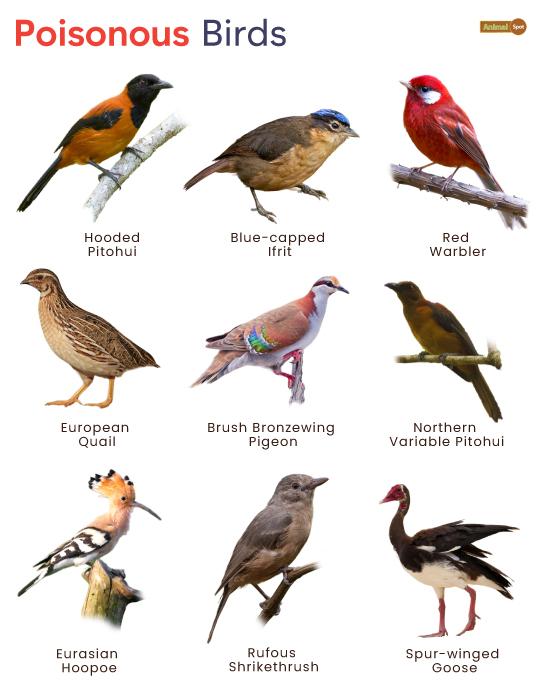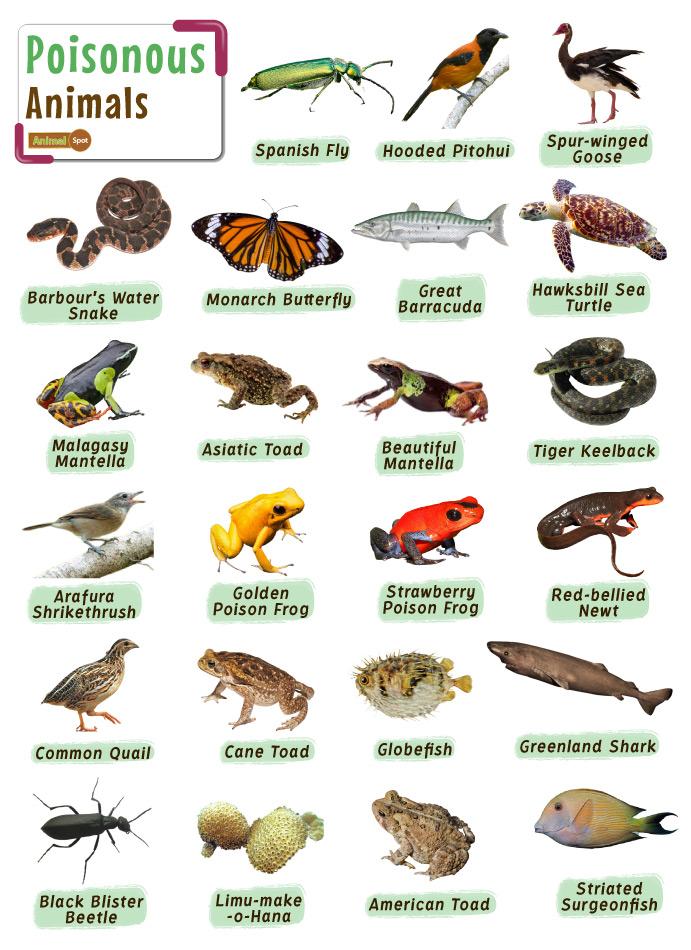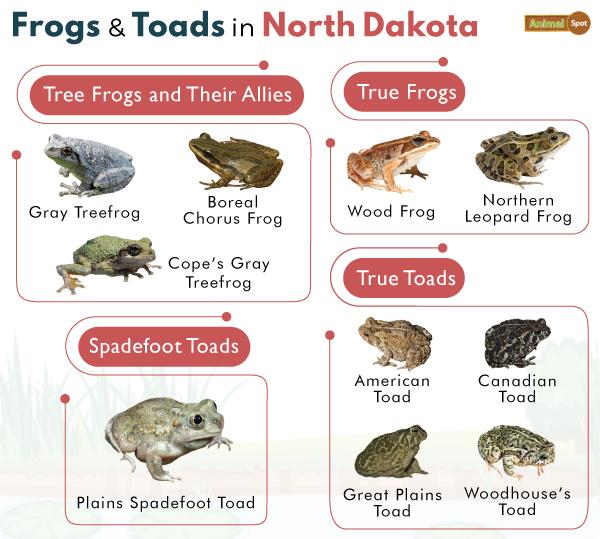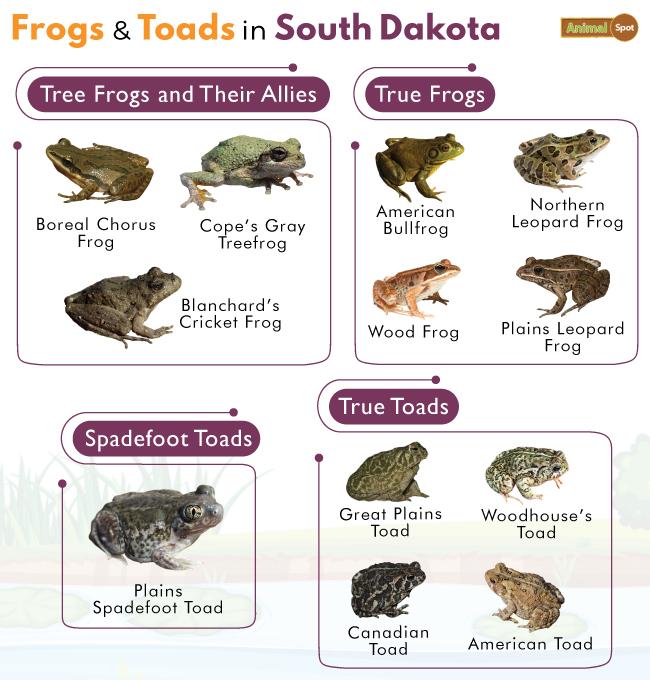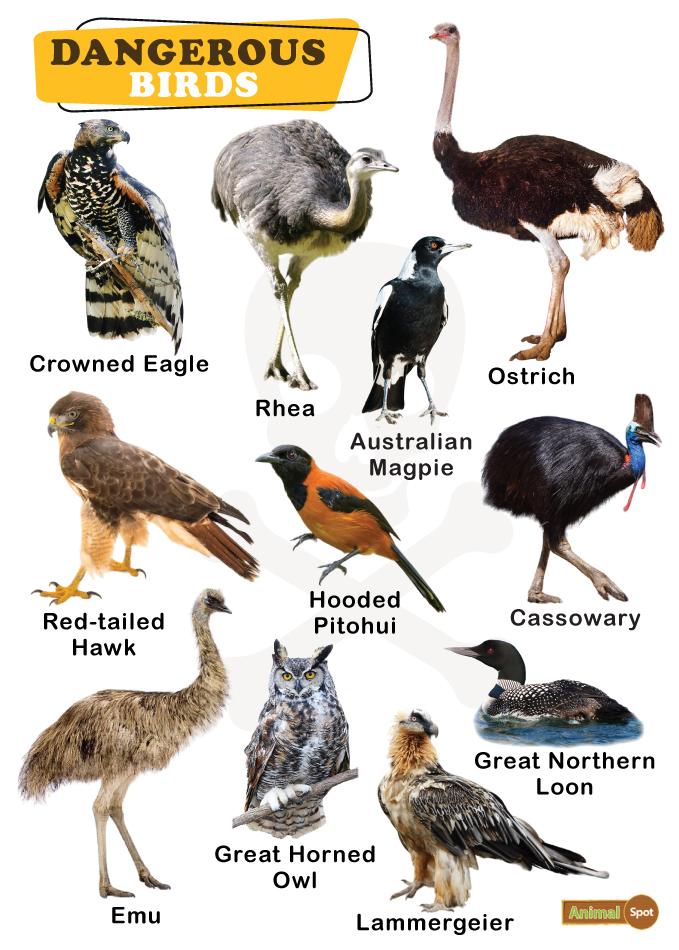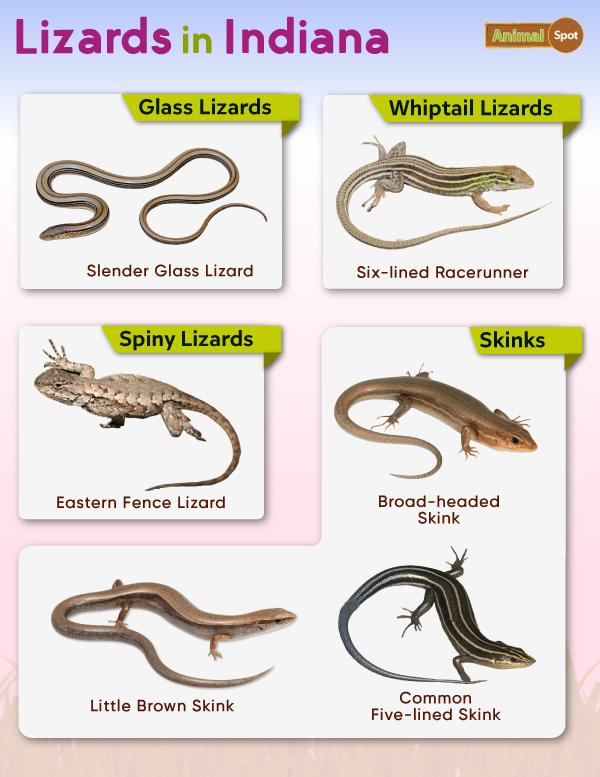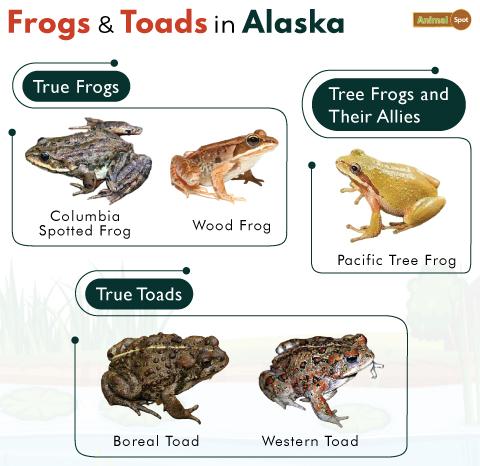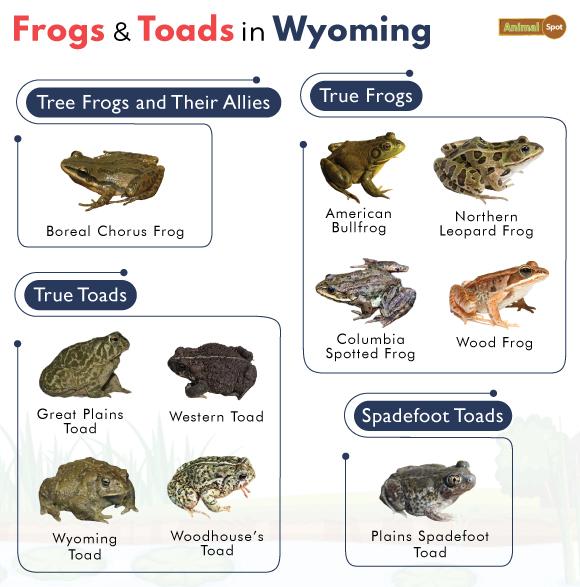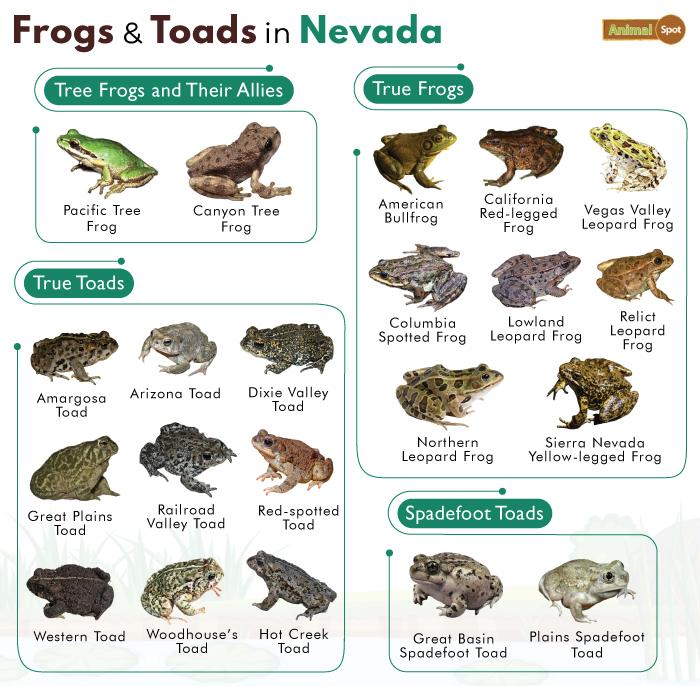Birds were the last major group of vertebrates found to have poisonous members. In 1992, Professor John P. Dumbacher discovered the Hooded Pitohui in New Guinea. He noticed that touching the bird’s feathers caused numbness upon contact and learned from the locals that it was a ‘rubbish bird’ with inedible, poisonous flesh.
Since then, several more species of poisonous birds have been identified. These birds use their poison defensively to protect themselves from predators, but they do not have the ability to inject venom offensively.
How Do These Birds Become Toxic
None of the birds discovered so far synthesize their own poisons, leading to multiple theories on how they acquire them. Some believe that there is a link between their toxic secretions and their diets, as seen in the European Quail and the Spur-winged Goose.
However, for pitohuis and ifrits, analyzing stomach contents has not provided conclusive data. Other theories suggest birds might smear toxic materials onto their plumage (a behavior called “anting“) or use microorganisms to generate toxins, similar to pufferfish.
List of Poisonous Birds Discovered So Far
Hooded Pitohui
The Hooded Pitohui, the first bird recorded as toxic, possesses a potent neurotoxin called homobatrachotoxin, a derivative of the same batrachotoxin found in the skin of the Colombian Golden Poison Frog. This poison is present in the bird’s feathers, skin, and internal organs, with the highest concentrations found in its skin and feathers.
Blue-capped Ifrit
Another resident of New Guinea, the Blue-capped Ifrit, is an insectivorous bird whose ancestry dates back to the Oligocene era. It secretes batrachotoxins on its breast, stomach area, and leg feathers. This toxin helps to ward off predators, explaining why the Blue-capped Ifrit has required minimal evolutionary changes over the years, as it did not need further protective measures.
European Quail
The European or Common Quail displays toxicity only during certain times of the year, specifically when migrating in autumn. Ornithologists believe the quail ingests certain plants available during this period that cause their toxicity, though the specific plant responsible has yet to be identified.
Rufous Shrikethrush
The Rufous Shrikethrush, a songbird endemic to Australia, produces toxins from its feathers and skin. This toxin, a form of batrachotoxin, is also used by poison dart frogs native to South America.
Northern Variable Pitohui
The Northern Variable Pitohui not only shares the same type of poison as its distant relative, the Hooded Pitohui, but also bears a similar appearance. This is a form of mimicry known as Müllerian mimicry, which further discourages predation.
Spur-winged Goose
The Spur-winged Goose, the largest species of goose on Earth, has spur-like spikes on its wings coated with cantharidin, the same poison produced by blister beetles, which constitute a significant part of its diet. Remarkably, this toxicity persists even after the goose dies.
Eurasian Hoopoe
The Eurasian Hoopoe secretes a pungent liquid from its preening glands, primarily composed of dimethyl sulfide. The hoopoe uses this liquid mainly to coat its nest, protecting its eggs from predation.
Brush Bronzewing Pigeon
The Brush Bronzewing Pigeon, a ground-dwelling bird native to Australia, developed its toxicity by feeding on seeds from Gastrolobium plants, which contain high concentrations of fluorine. This toxic nature has been linked to the indirect deaths of several Australian native mammals that preyed upon it.
Red Warbler
A New World passerine bird living in Mexico, the Red Warbler’s flesh contains neurotoxic alkaloids, which make it unpalatable to most predators.
Other Birds Reported To Be Poisonous
The Ruffed Grouse feeds on toxic plants in winter, which may make its meat harmful to humans. However, no cases of toxicity have been reported since the 20th century, suggesting the earlier incidents may have been in isolation. There may also be other pitohuis, shrikethrushes, and bronzewing pigeons with toxic plumage.
In 2023, two new poisonous birds — the Regent Whistler and the Rufous-naped Bellbird — were identified for the first time. Like other poisonous birds from Papua New Guinea, these birds possess batrachotoxin, but the potency of the poisons have yet to be ascertained.

